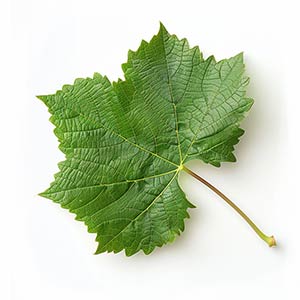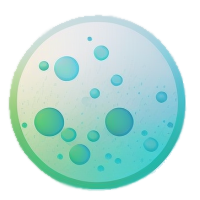Grape Leaf is the leaf of the grapevine (*Vitis vinifera*), widely known for its role in viticulture and culinary uses, especially in Mediterranean cuisine. In perfumery, Grape Leaf is valued for its fresh, green, and slightly bitter aroma that evokes the essence of lush vineyards and natural foliage. This note adds a crisp, vegetal quality to fragrances, bringing a sense of vitality and tranquility. While not a mainstream fragrance ingredient, it is used to enhance the freshness and complexity of green, floral, and woody compositions. Grape Leaf blends well with other green notes, citrus elements, and light florals, contributing to a multifaceted and invigorating scent profile that captures the spirit of nature and growth.
Natural or Synthetic?
Grape Leaf essential oil or absolute is not commercially available because the leaves do not yield essential oils suitable for perfumery through conventional extraction methods like steam distillation or solvent extraction. Therefore, the Grape Leaf note is created synthetically using aroma chemicals that mimic its fresh, green, and slightly bitter scent. Perfumers use synthetic molecules to replicate the characteristic aroma of Grape Leaf in a consistent and sustainable manner, allowing them to incorporate this unique note into fragrances without relying on natural extraction methods that are impractical for this plant part.
Fragrance Families Grape Leaf Most Commonly Found In
Show fragrances that contain Grape Leaf as a note




